
Ian Jácamo Rodríguez gets in and out of the car. He opens the trunk, checks the mirrors, turns the radio on, bobs his head to the rhythm of the music and smiles at his mom, Katherine Rodríguez, who is sitting near him.
Two-year-old Ian isn’t showing off a Christmas gift. He’s one of the patients at Enrique Baltodano Hospital in Liberia who will arrive at the operation room today with the help of a motor.
“Ian, where are the papers for that car,” anesthesiologist Matilde Moreno asks him when she comes to get him in his room. Ian puts his hands on the steering wheel and makes his way to the operation room along with medical personnel. “Is that car registered? Are you old enough to drive?” they ask him jokingly.
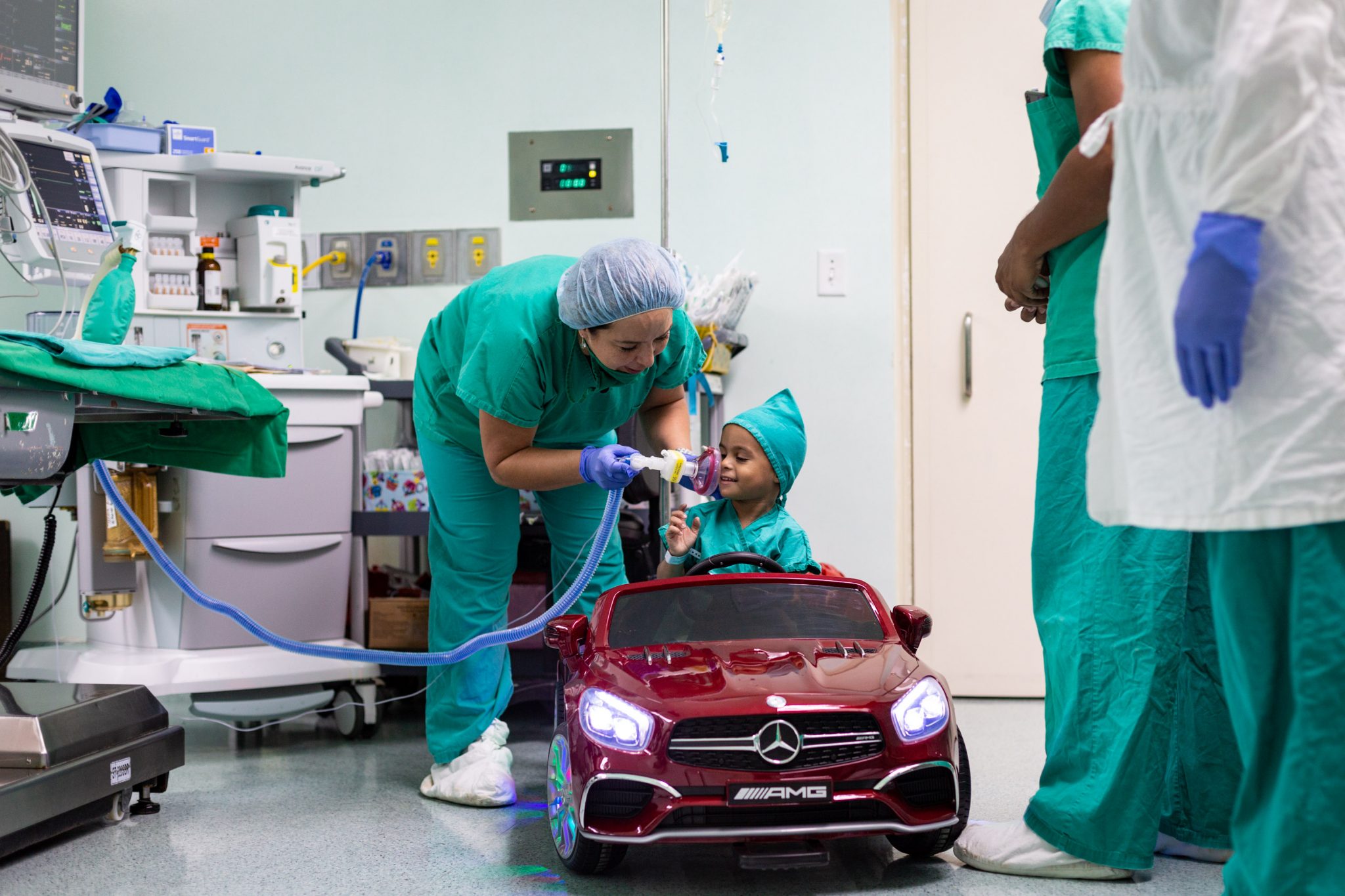
In order to place him under anesthetics, doctor Moreno of Liberia’s Hospital, tells Ian that the adventure must continue in a spaceship. He puts a mask on him and Ian continues the adventure without protest. Photo: César Arroyo Castro
Gastroenterologist Jorge Vargas donated the car in order to change the daily routine of anxiety and extreme attachment of children to their parents before entering surgery, which makes procedures harder to perform.
“This way the anesthesia process more pleasant, because it requires a lower dose of medication,” says doctor Ramiro Batista, head of operations at the hospital. “The level of stress is lower, and they wake up in a better mood,” he says.
At La Anexión Hospital in Nicoya the Pre-hospital Association also has one that was donated by business owners in the canton.
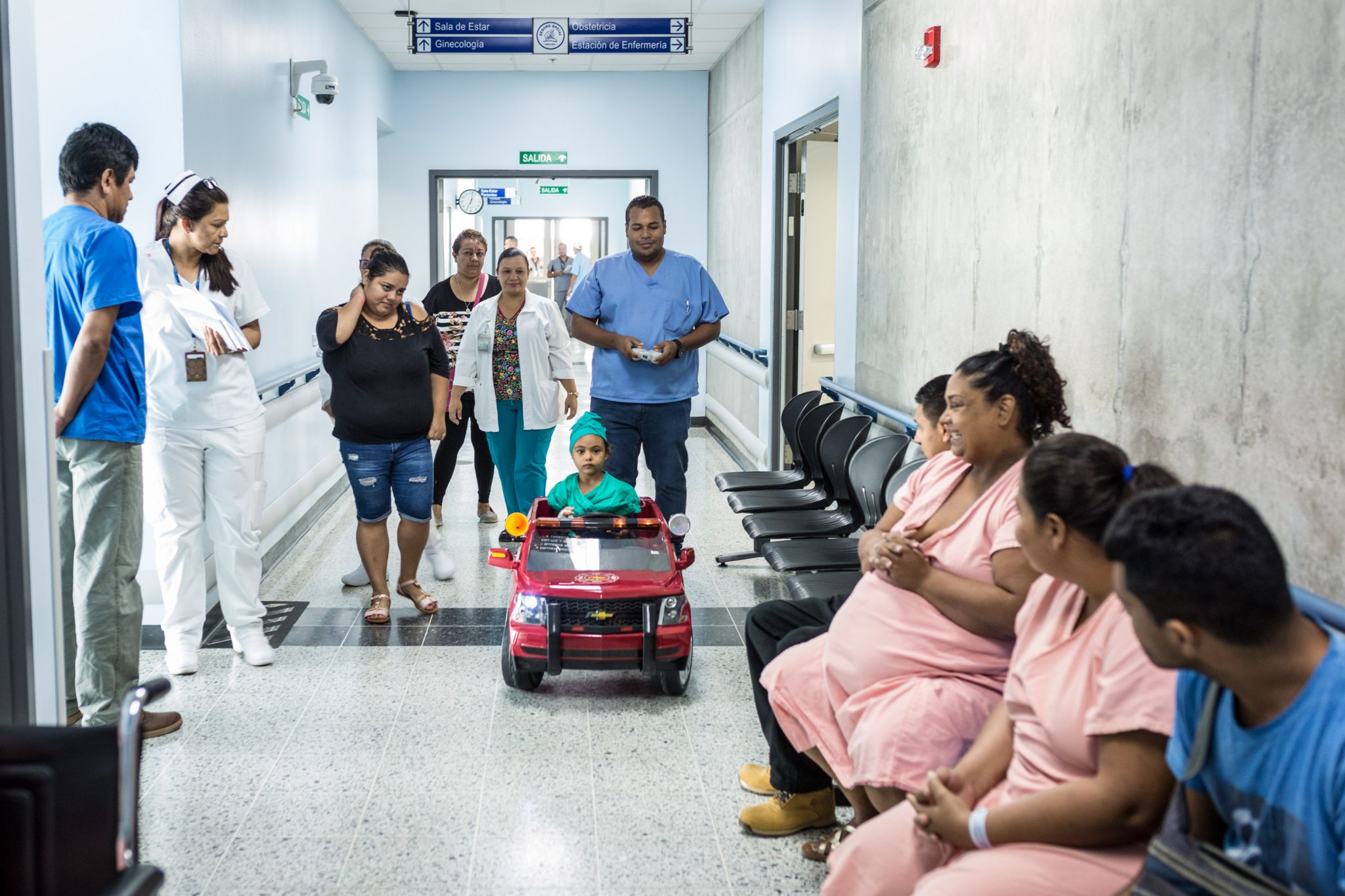
While Alison Suárez was drove to surgery in La Anexión, people in hallways looked and smiled when they saw her. Photo: César Arroyo Castro
This isn’t the only solution that doctors have come up with in the province’s hospitals. Others have used their own money for patients to have more pleasant memories of their hospital stay.
For example, in 2016 La Anexión Hospital inaugurated its medical tower and personnel immediately proposed making childbirth more pleasant for women that it had been in the past, a practice known as “humanized childbirth.”
“All the obstetricians here have received training in this area due to the fact that there have been many cases of obstetric violence,” says Gloria Espinoza, the nurse who supervises the delivery room. She is referring to the mistreatment that women have historically suffered in hospitals either before, during or after delivery.
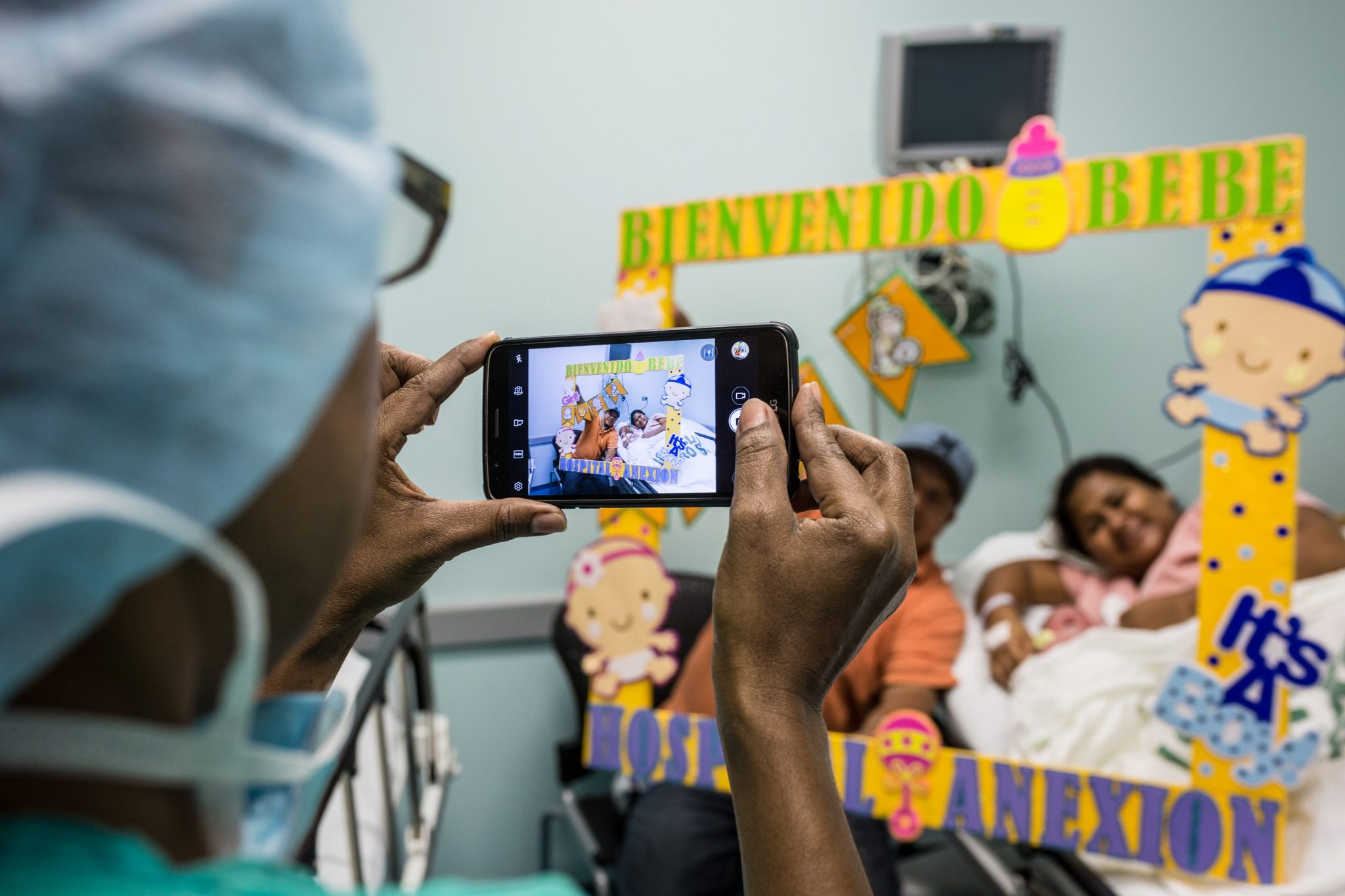
Medical personnel of La Anexión built a box to photograph the parents with their newborn in the postpartum care room. Photo: César Arroyo Castro
Nurses in the obstetrics and gynecology unit bought balls, aromatic sprays and a music player so that pregnant women can use them if they want.
Sick adults also receive benefits from the solutions doctors come up with. At dialysis units in the province, medical personnel take the time to teach numbers and letters to patients with chronic kidney disease who can’t read or write. They also look for ways to teach them the medical procedures for dialysis, which substitutes kidney functions.
“Many have very low levels of education. Some can’t even read or write, so they need support with other types of resources like symbols and pictures,” says Liberia Hospital nephrologist Javier Estrada.
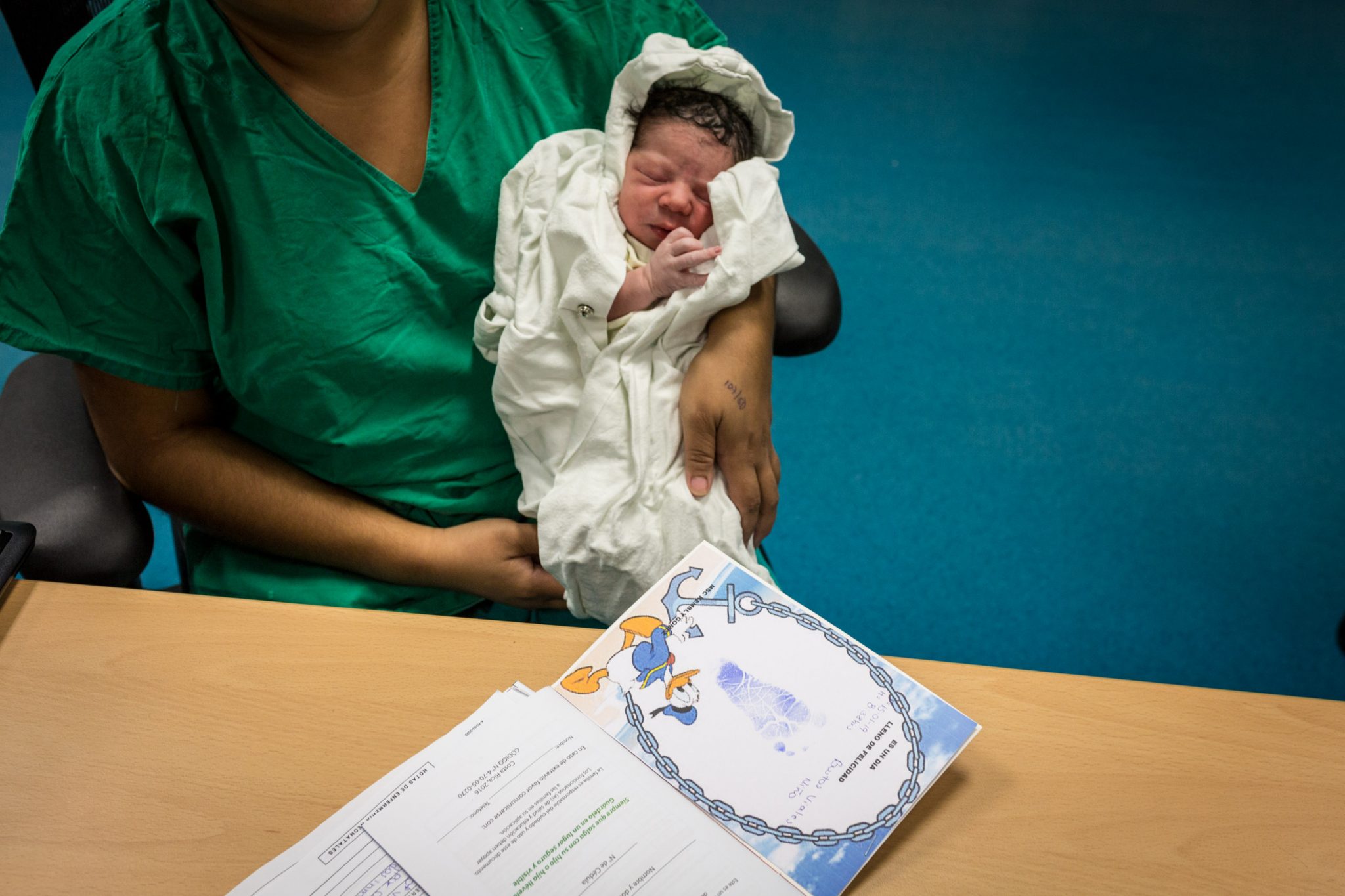
Some nurses in Nicoya’s Hospital, like Kembly Gómez print cards with their own money to give to parents as a memory. Photo: César Arroyo Castro.
Doctors and nurses seek funding from the Mixed Social Aid Institute (IMAS) or municipal governments so patients can accommodate their rooms and perform dialysis at home.
One of the patients is Manuel Mercado. “I’m really grateful because I couldn’t see my children because I would spend all day at the hospital,” he says as his four children watch television in a full room in the Marina Bustos neighborhood in Liberia. “It means more time together as a family,” says Manuel, 17, his oldest son.



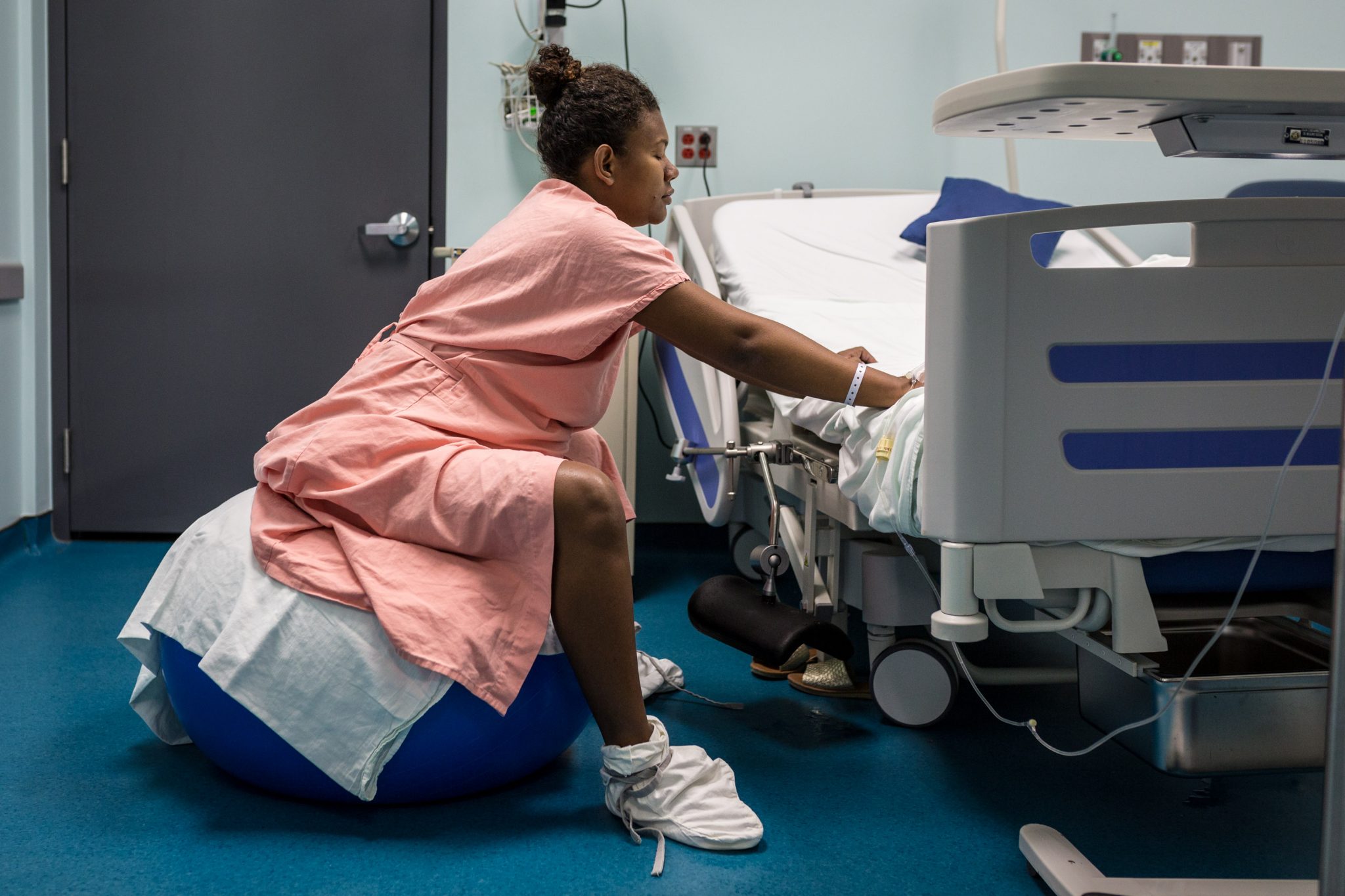
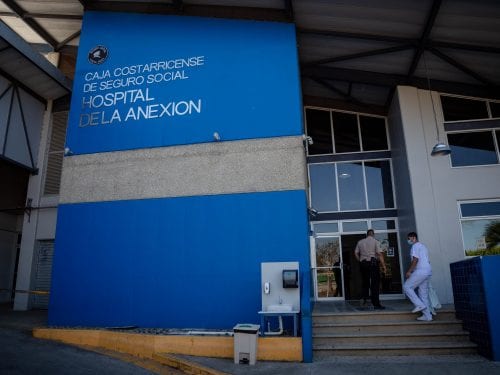
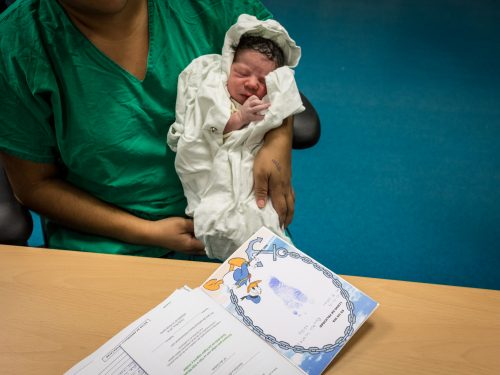
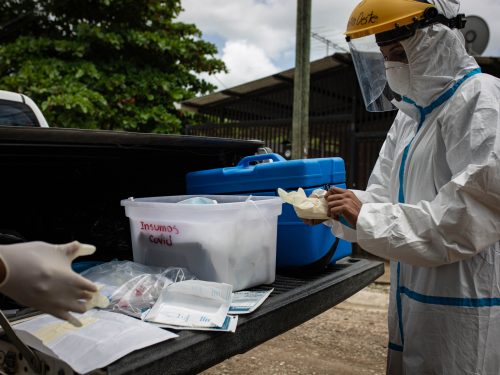

Comments